Food Web's and Food Chains Worksheets
Food webs and food chains are essential concepts in understanding the relationships between organisms in an ecosystem. Incorporating these worksheets into your science lessons can provide an engaging and educational way for students to explore the complex interactions among different organisms.
Table of Images 👆
More Food Worksheets
Printable Worksheets for French FoodDaily Food Intake Worksheet
5 Food Groups Worksheet
Food Production Worksheet Template
What is a food web?
A food web is a model that illustrates the intricate network of feeding relationships in an ecosystem. It shows how different organisms are connected through their feeding interactions, depicting the flow of energy and nutrients from one species to another. Within a food web, organisms are categorized as producers, consumers, or decomposers, each playing a crucial role in the ecosystem's balance and stability.
What are producers in a food web?
Producers in a food web are organisms that are capable of producing their own food through processes like photosynthesis or chemosynthesis. They serve as the base of the food chain by converting energy from the sun or inorganic compounds into organic matter that can be used by consumers higher up in the food web. Examples of producers include plants, algae, and certain types of bacteria.
What are herbivores in a food chain?
Herbivores are animals that feed primarily on plants in a food chain, as they obtain their energy and nutrients by consuming plant matter. They play a crucial role in energy transfer within ecosystems by converting plant material into biomass that can be passed on to carnivores and other organisms in higher trophic levels.
Name a primary consumer in an ocean food chain.
An example of a primary consumer in an ocean food chain is zooplankton, which feed on phytoplankton and are in turn consumed by larger animals such as small fish.
Explain the role of decomposers in a food web.
Decomposers play a crucial role in a food web by breaking down organic matter from dead plants and animals into simpler nutrients that can be recycled back into the ecosystem. They help to release essential nutrients like carbon, nitrogen, and phosphorus, making them available for primary producers to use for growth. Without decomposers, organic material would accumulate, nutrients would become locked away, and the ecosystem's energy flow and nutrient cycling processes would be disrupted, leading to imbalance and reduced productivity within the ecosystem.
Describe the difference between a food chain and a food web.
A food chain is a linear sequence of organisms where each member is eaten by the next one in the sequence, illustrating the flow of energy and nutrients. In contrast, a food web is a more complex network of interconnected food chains that shows the multiple feeding relationships within an ecosystem, reflecting the intricate interdependencies among various species. While a food chain provides a simplified view of energy transfer in an ecosystem, a food web offers a more comprehensive understanding of the complex interactions among different organisms and their roles in the ecosystem.
Give an example of a tertiary consumer in a forest food chain.
An example of a tertiary consumer in a forest food chain is a hawk that preys on small mammals like squirrels or rabbits, which are secondary consumers themselves. The hawk feeds on these animals to obtain energy and nutrients, playing a crucial role in maintaining the balance of the ecosystem by controlling the populations of its prey.
What happens if an organism in a food chain becomes extinct?
If an organism in a food chain becomes extinct, it can disrupt the balance of the entire ecosystem. The loss of a species can have cascading effects on other species within the food chain, leading to population declines, changes in species interactions, and potentially even ecosystem collapse. This can impact biodiversity, ecosystem function, and even human well-being if key species such as pollinators or predators are lost.
How do energy and nutrients flow in a food web?
Energy flows through a food web in a unidirectional manner, starting with the sun as the primary source which is captured by producers through photosynthesis and then passed on to consumers through consumption. Nutrients, on the other hand, cycle within the food web through the decomposition of dead organisms and waste products which are then recycled by producers to create new organic matter, completing the nutrient cycle within the ecosystem.
Explain how changes in one population within a food web can affect other populations.
Changes in one population within a food web can have cascading effects on other populations within the same web. For example, if a predator population decreases due to disease or overhunting, the prey population may increase because they have fewer predators hunting them. This increase in the prey population could then lead to competition for resources, impacting other species that also rely on those resources. In turn, changes in the abundance of one species can have domino effects on the entire food web, potentially leading to disruptions in ecosystem stability and balance.
Have something to share?
Who is Worksheeto?
At Worksheeto, we are committed to delivering an extensive and varied portfolio of superior quality worksheets, designed to address the educational demands of students, educators, and parents.

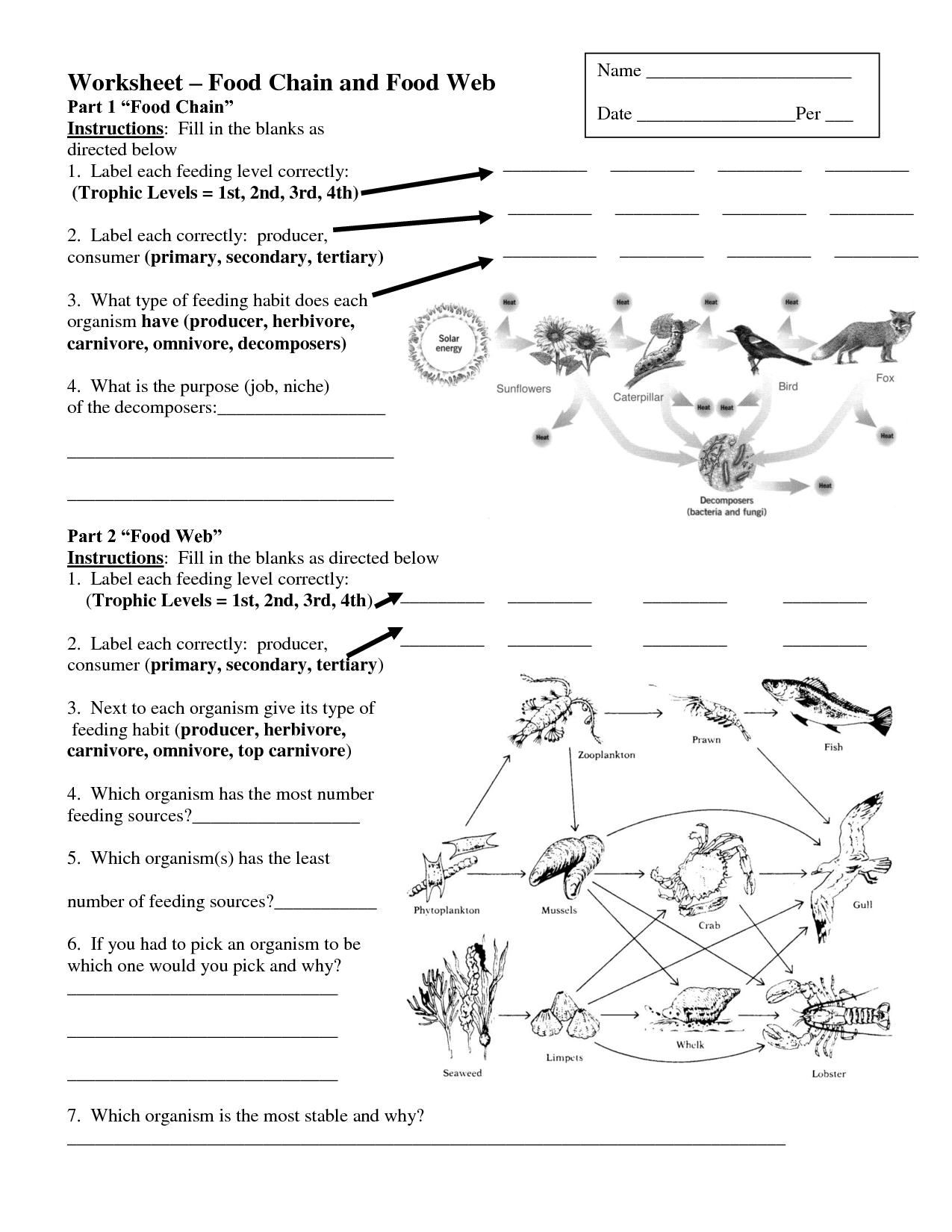



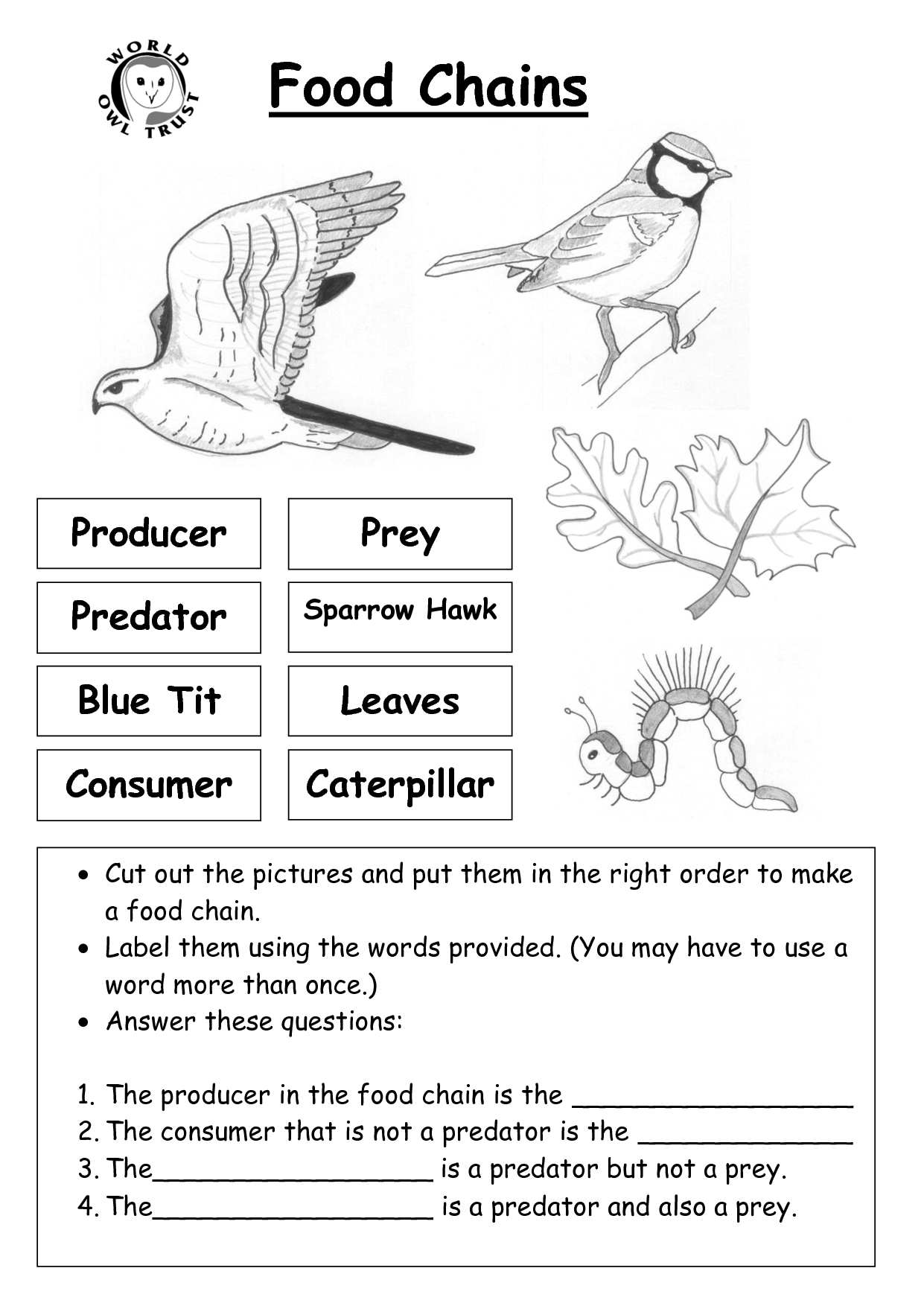
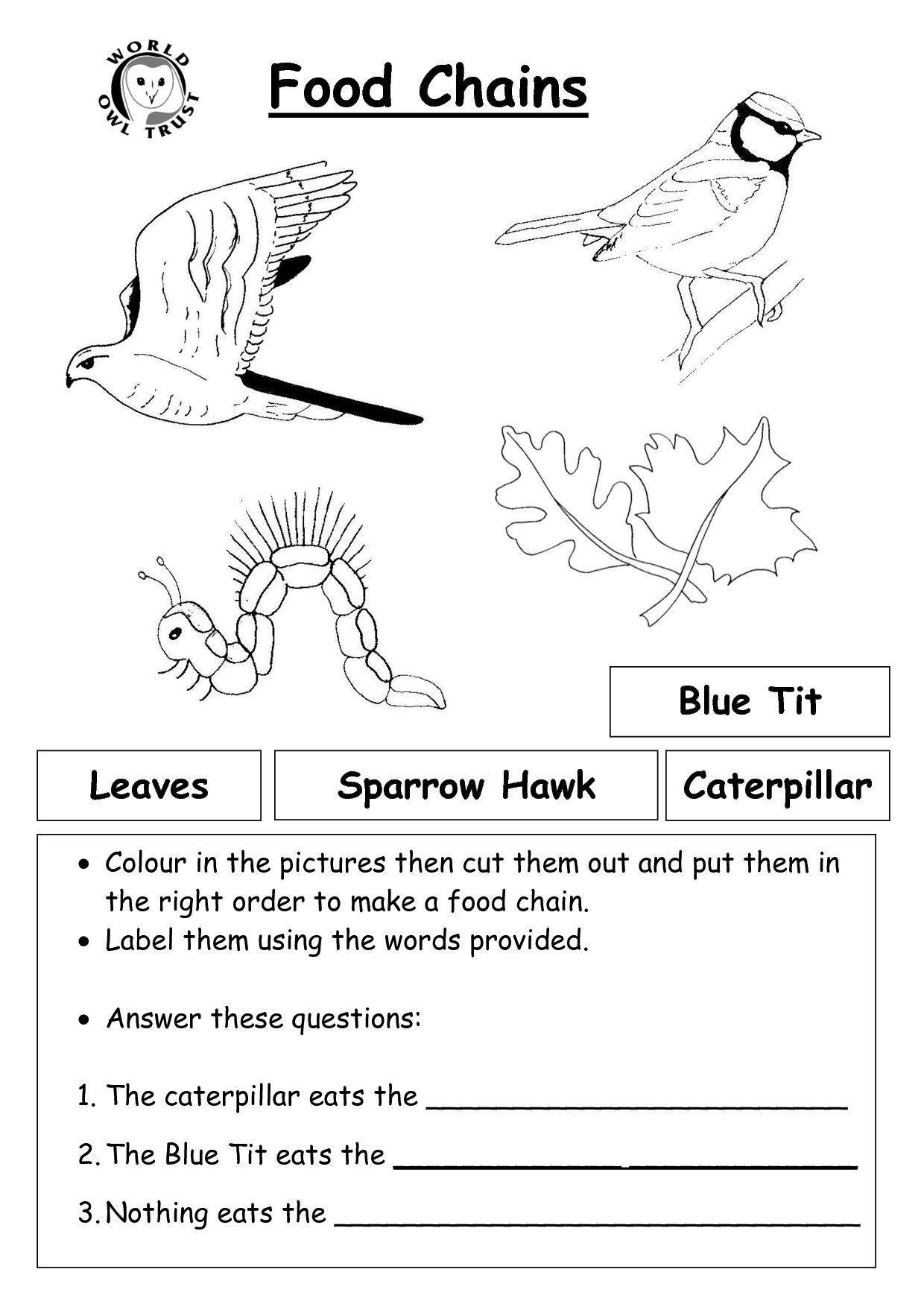
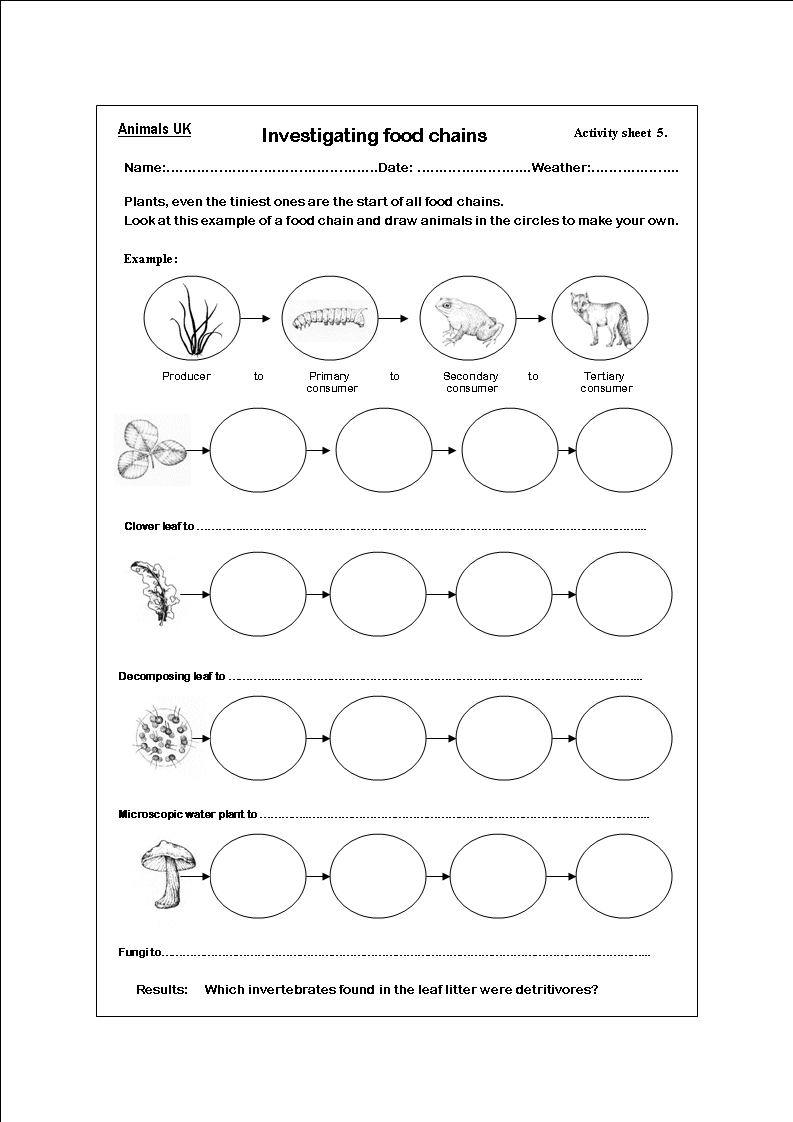
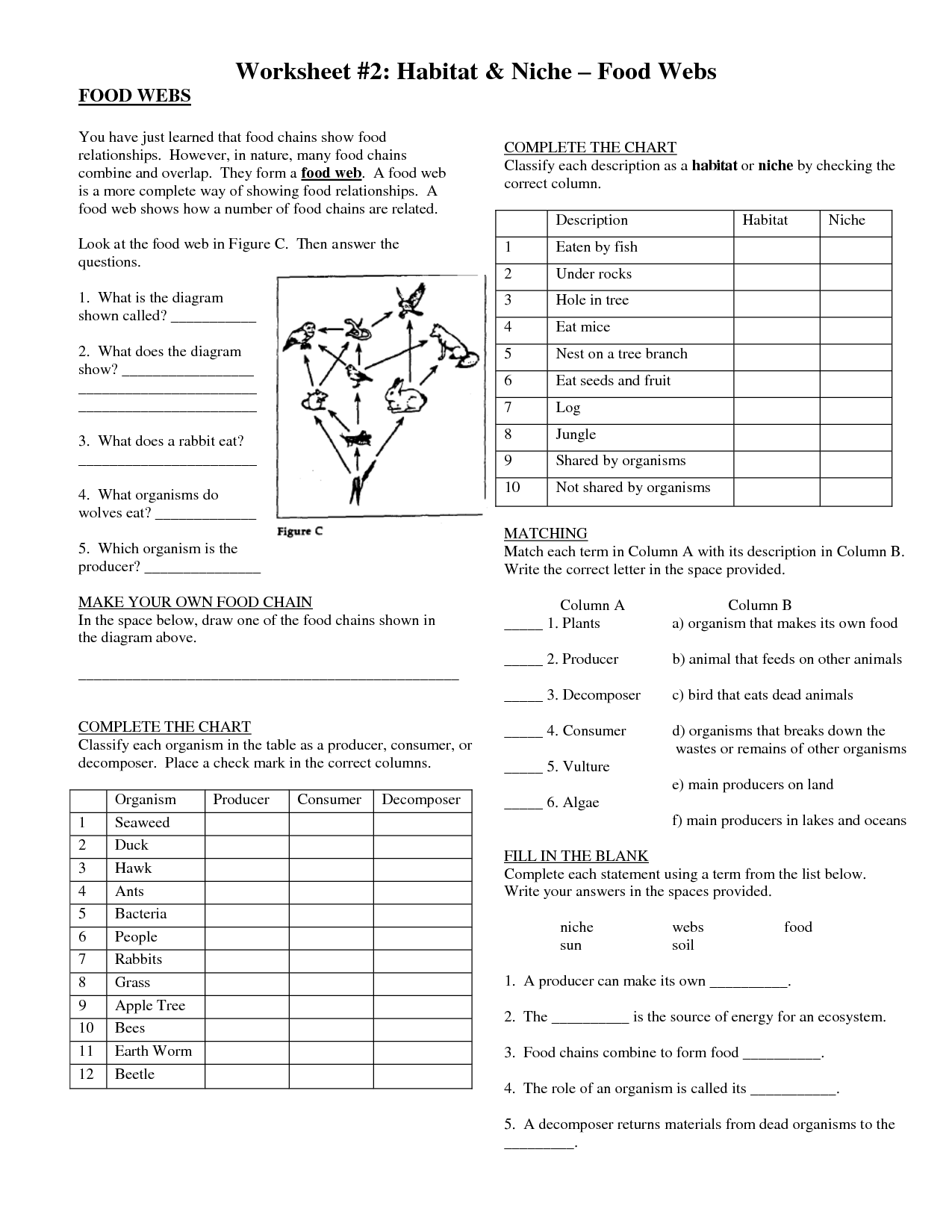
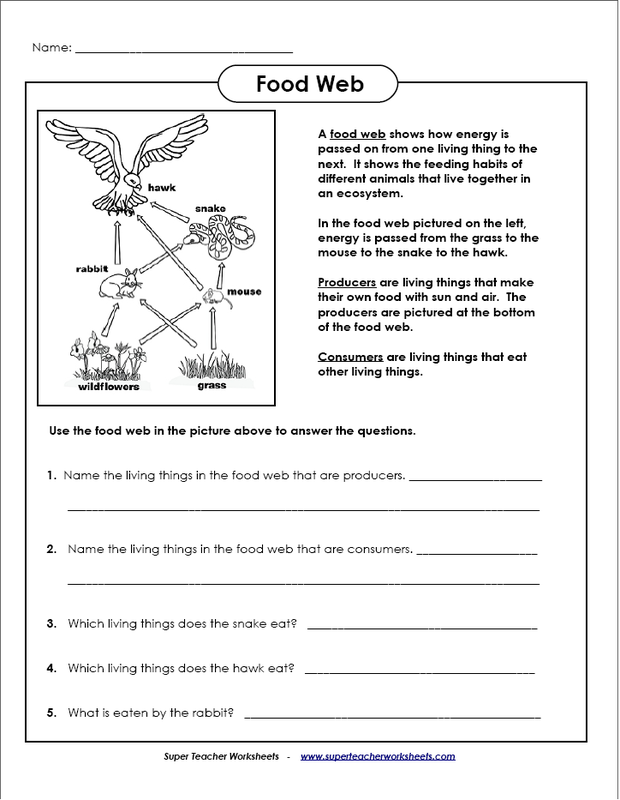
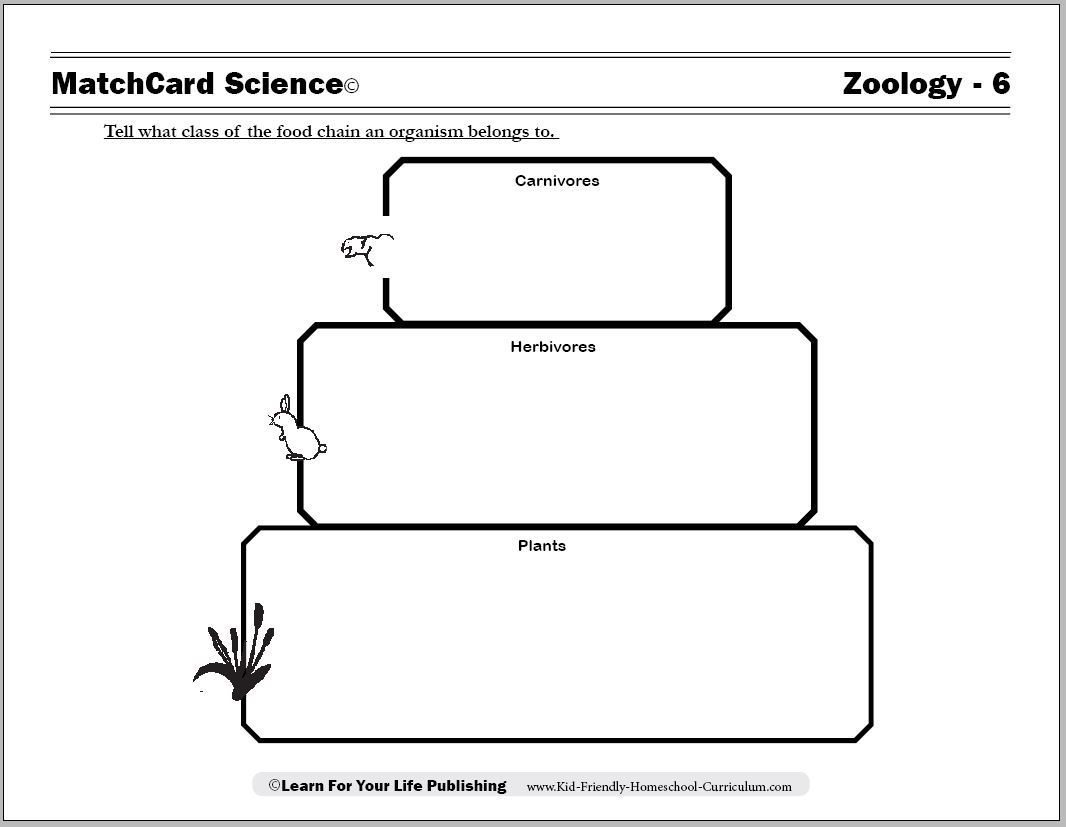
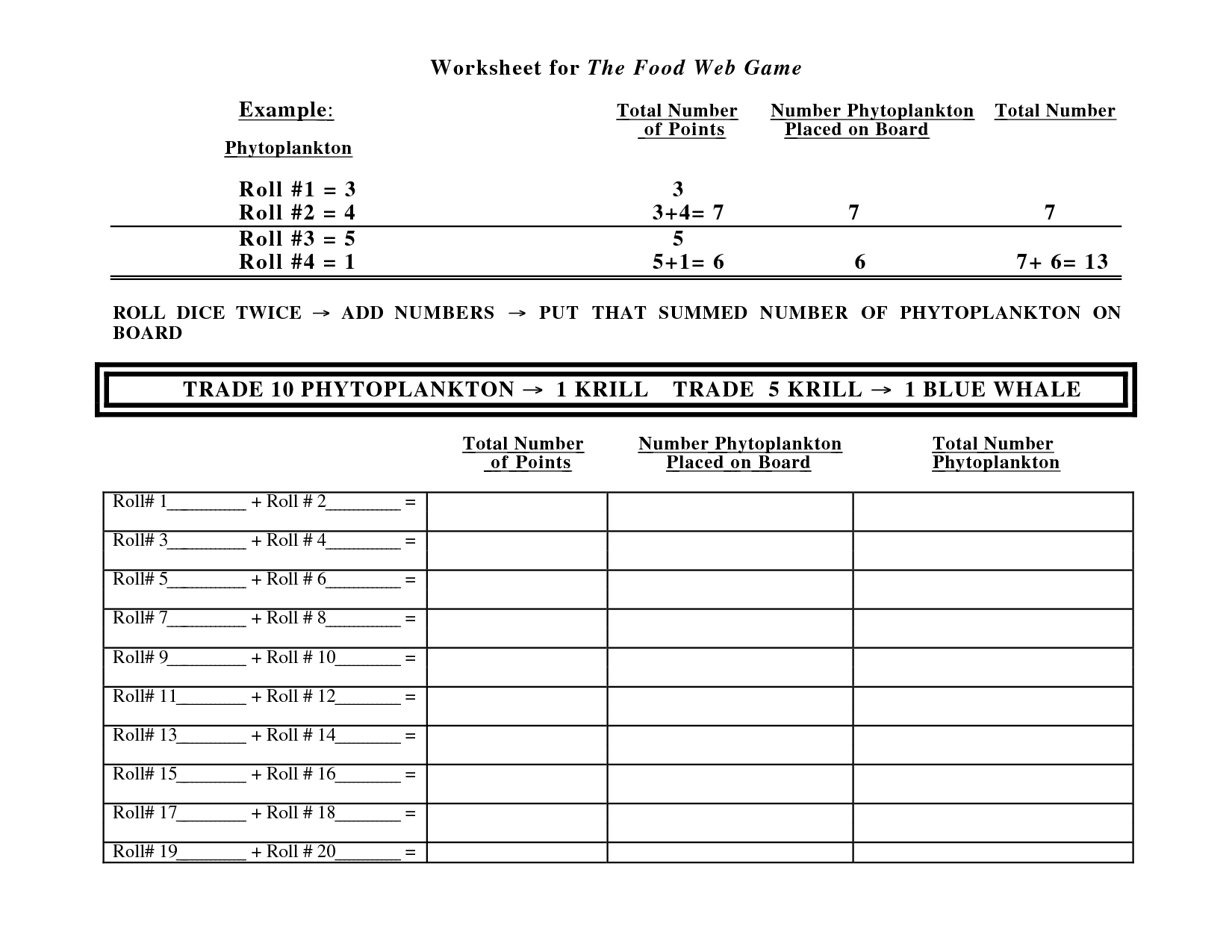
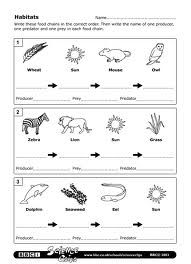
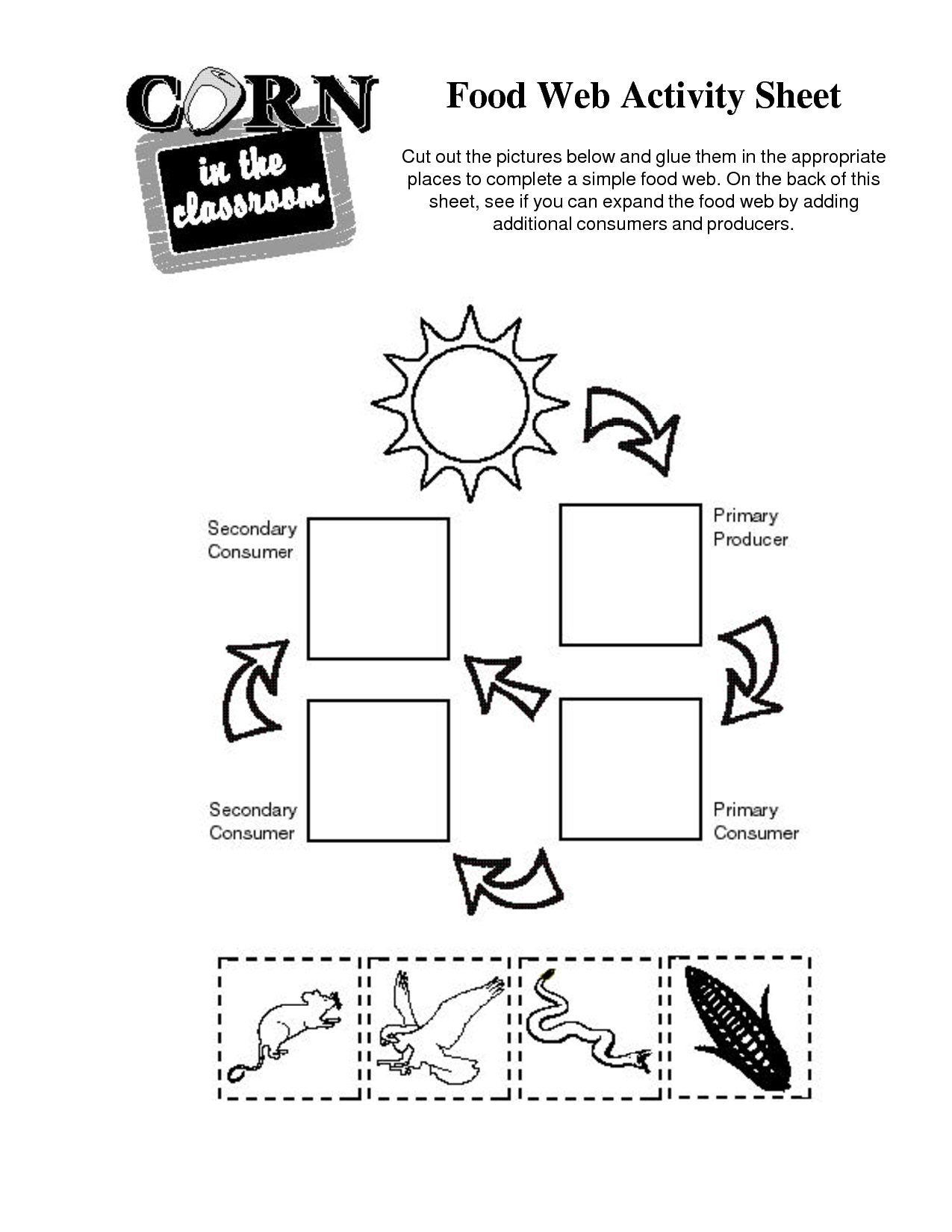
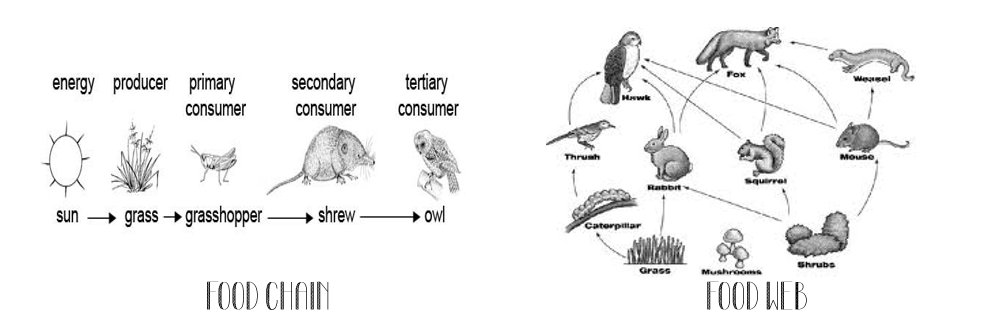
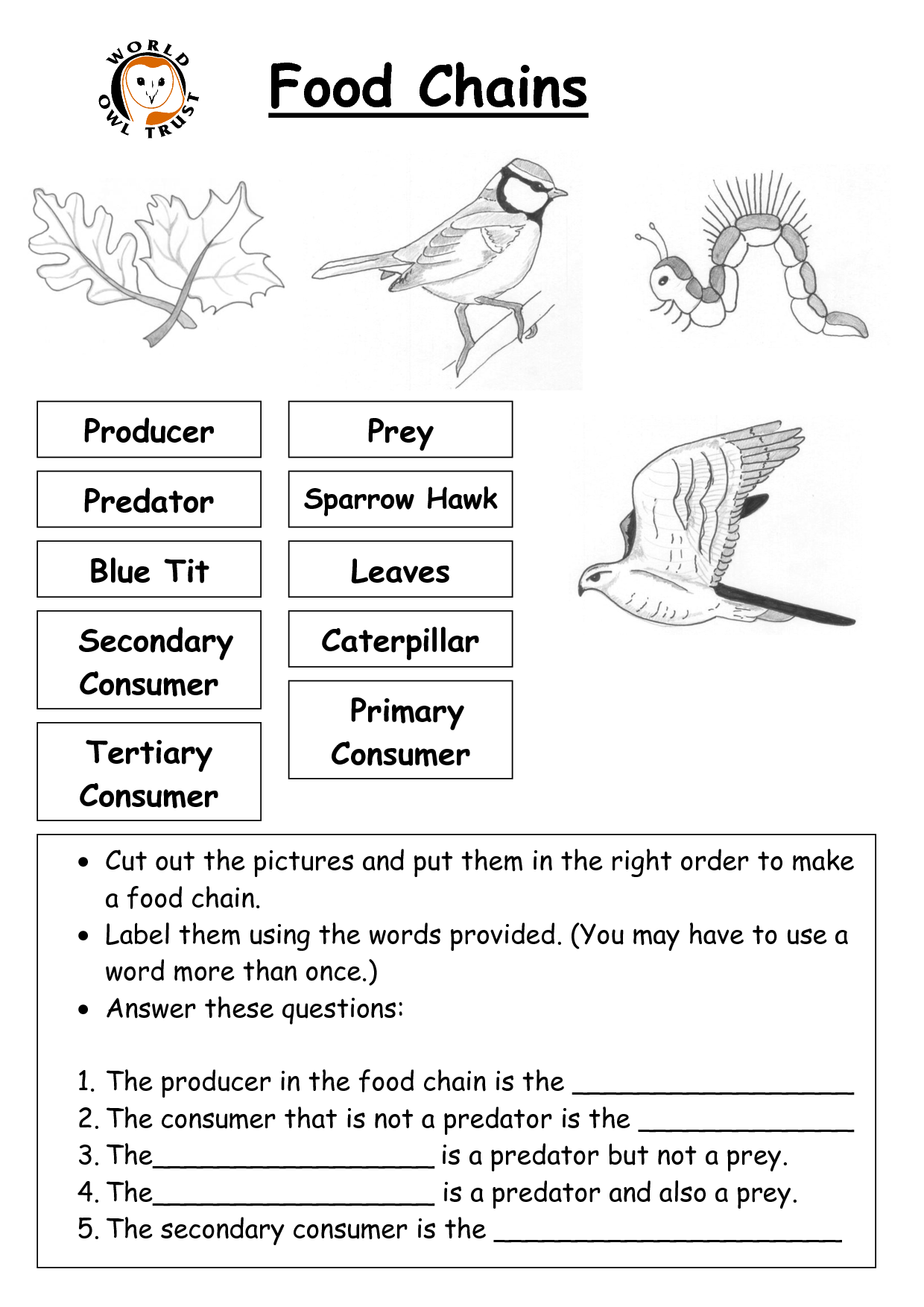








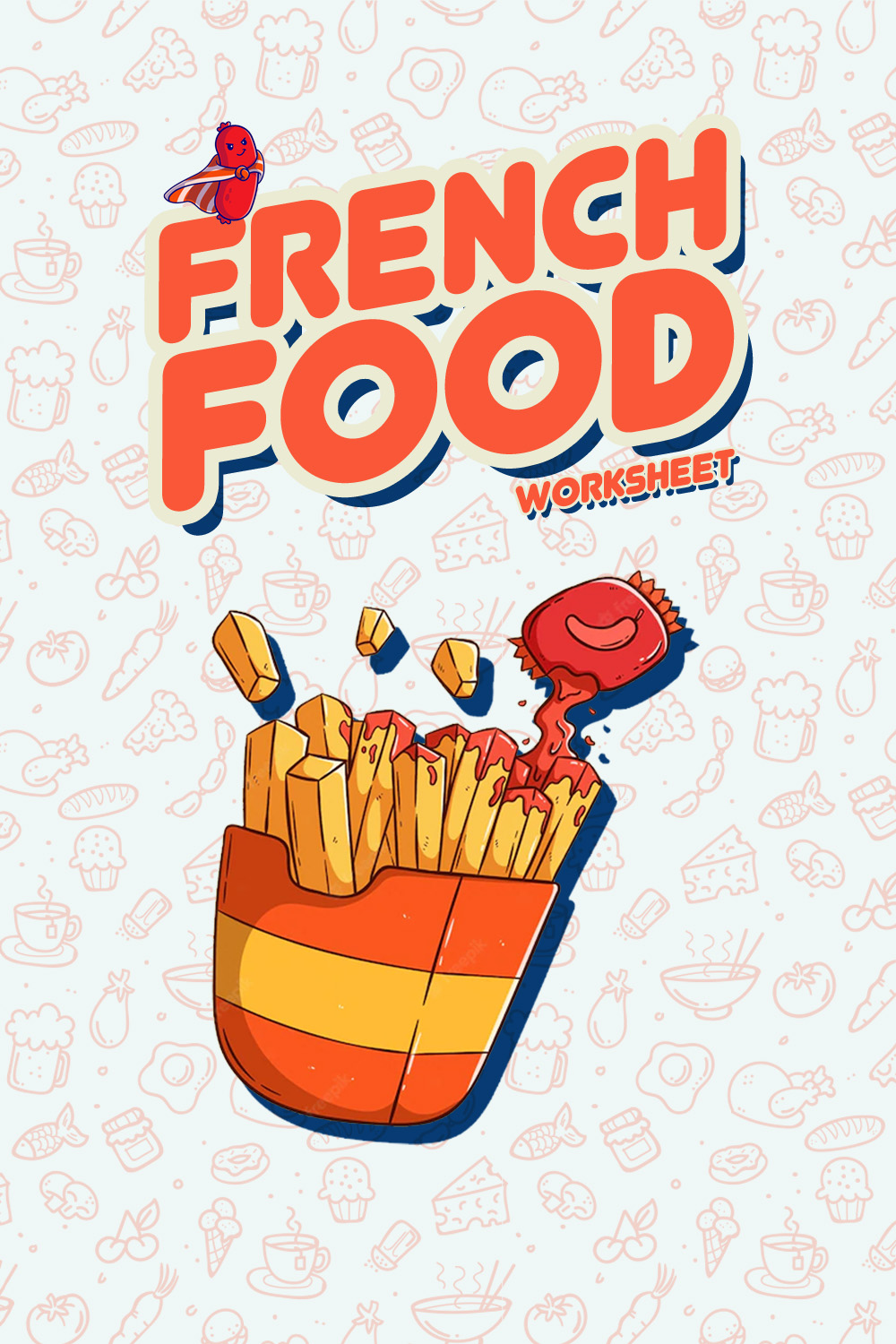
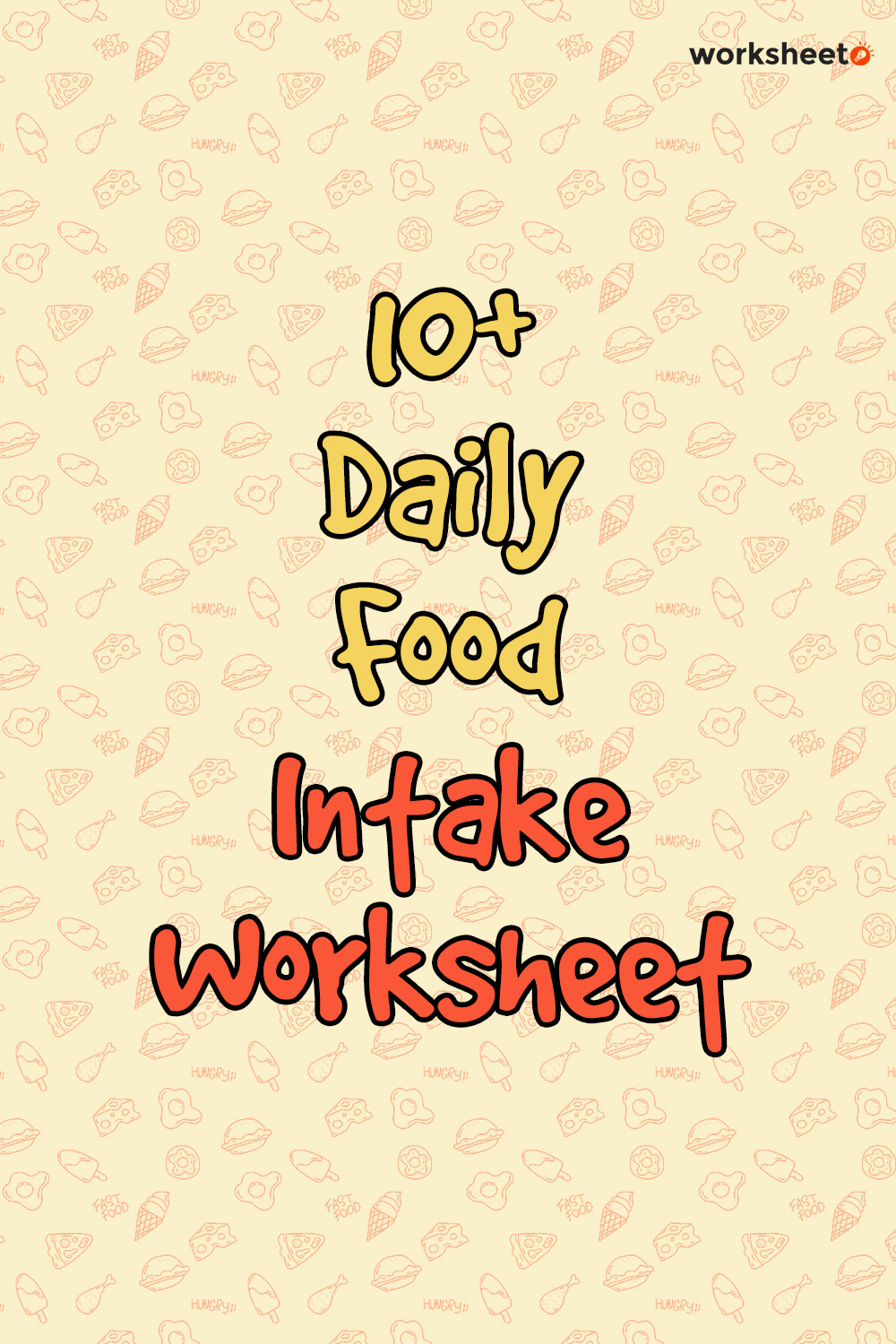
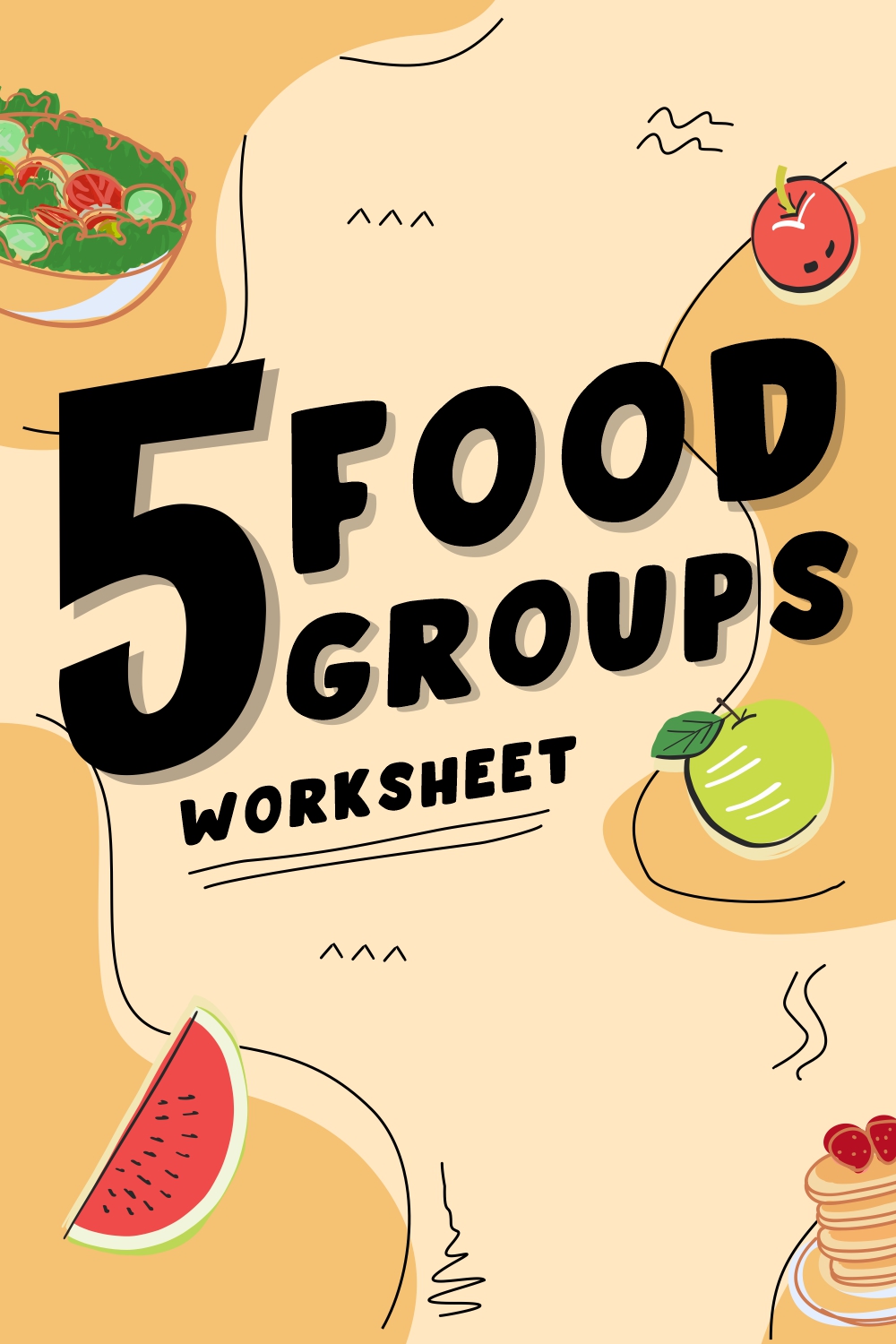
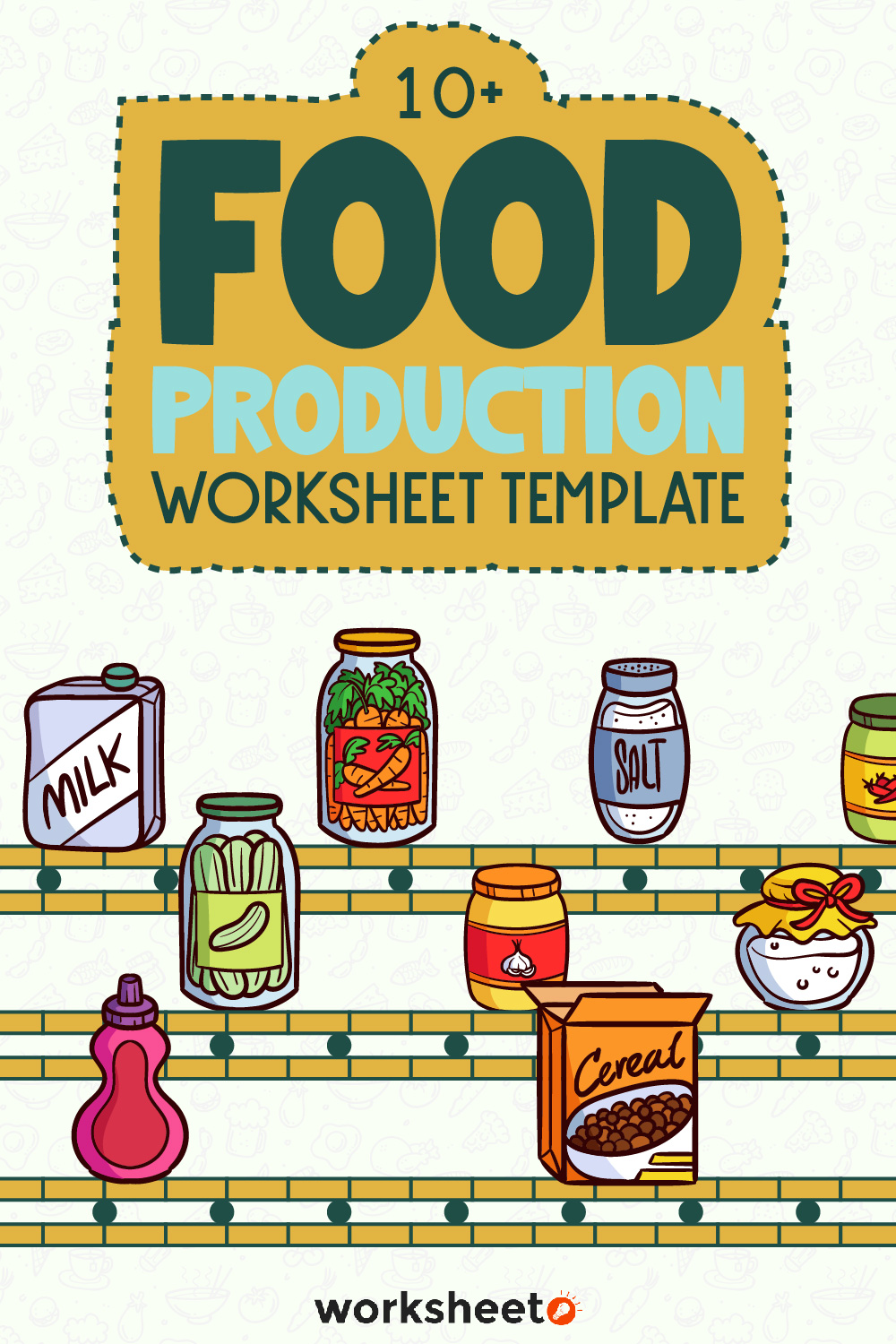
Comments